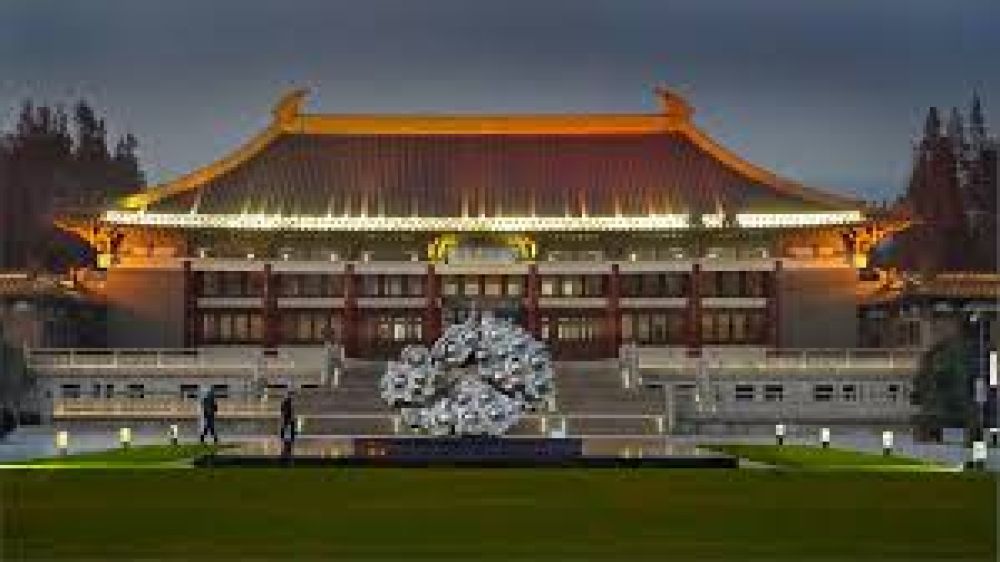

Nanjing, one of China's four ancient capitals, has a rich cultural heritage, and the Nanjing Museum stands as a testament to this storied past. Since its establishment in 1933, the museum has played a pivotal role in the preservation and dissemination of the region's history, art, and archaeology.
The museum was initially founded during the Republic of China period with the guidance of renowned historian and politician Cai Yuanpei. It was one of the first museums to be established in China and has since become an important institution for Chinese cultural and historical studies. As a repository of more than 400,000 items, the Nanjing Museum attracted scholars, historians, and tourists interested in the extensive range of relics that span from prehistoric times to the modern era.
Throughout the decades, the Nanjing Museum has undergone several expansions and renovations to enhance its role in cultural education and tourism. From ancient bronzes and porcelain to jade artifacts and calligraphy, the museum's exhibitions have been reimagined to meet the evolving interests of visitors. The establishment also includes an intangible cultural heritage hall and sections dedicated to the history of Jiangsu Province, where Nanjing is located.
Tourists visiting the museum are immersed in a visual journey through China's multifarious dynasties. The executive area, for example, is modeled after palatial architecture, giving visitors a sense of imperial grandeur. Moreover, with English descriptions becoming more prevalent, the museum has grown more accessible to international tourists.
In recent years, the Nanjing Museum has embraced modern technology to enhance the visitor experience through virtual reality (VR) and augmented reality (AR) exhibits, allowing a more interactive and engaging way to explore Chinese history. Additionally, seasonal exhibitions and collaboration with other international museums have been designed to attract a broader audience.
The advent of digital and social media platforms has significantly impacted the way tourists engage with the museum. Virtual tours, interactive apps, and extensive online galleries have made the Nanjing Museum's collections more accessible to those who cannot visit in person, sparking a wider international interest and contributing to the museum's reputation as a must-visit destination in China.
Moving forward, the Nanjing Museum is expected to continue adapting to the interests and habits of tourists from both China and abroad. It remains a symbol of Nanjing's prestige as a city of culture and history. With ongoing investments in tourism infrastructure and cultural resources, the Nanjing Museum's allure for those seeking to understand the richness of Chinese civilization is stronger than ever.